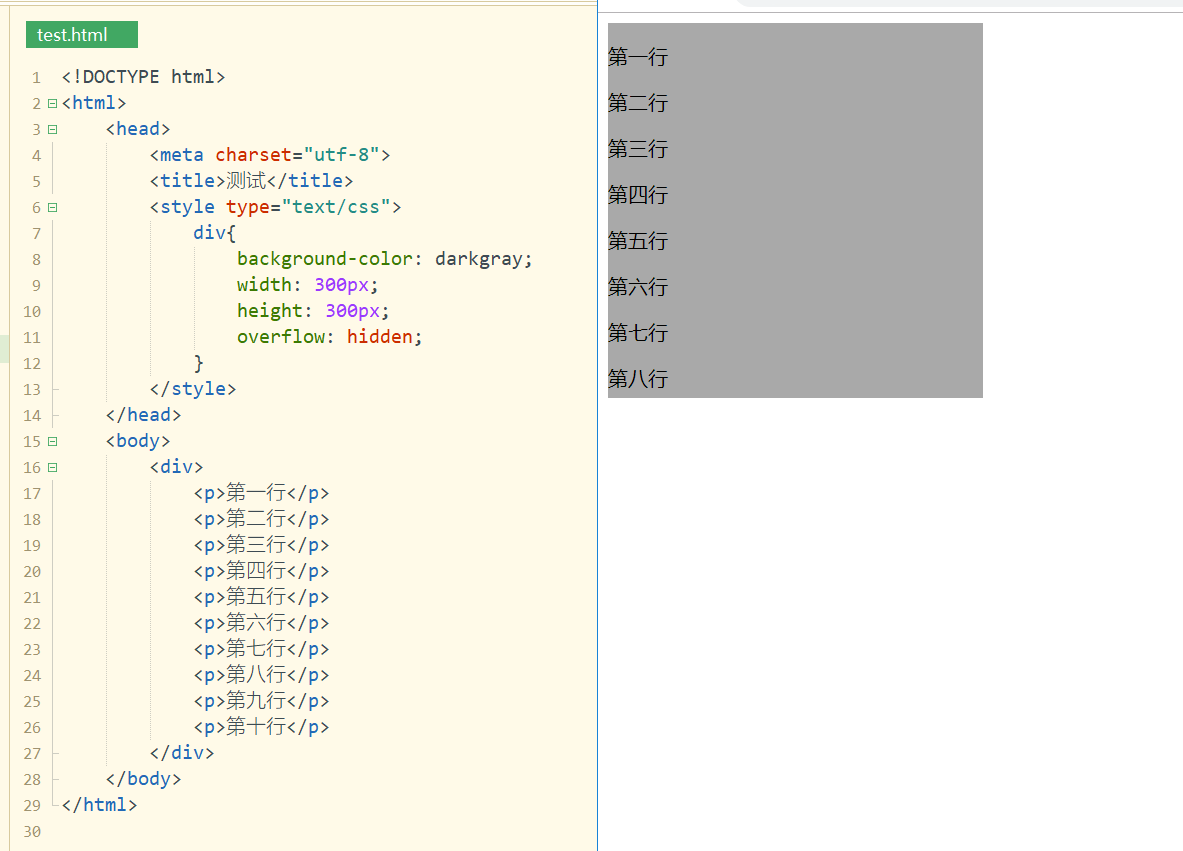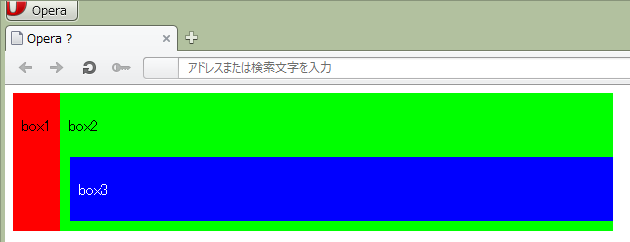

It works identically if the parent is about to absolute rather than relative (an absolute within another absolute) the primary absolute acts because of the positioning context for the second absolute.Īnyway, here our main problem is that the relative parent is additionally the overflow: hidden one.If no relative parent is found it'll then reach the very best attainable « instrumentality », that is that the browser window, aka the viewport (or the document perhaps, or the window…?.An absolutely positioned element is actually positioned relating to a relative parent, or the closest found relative parent, which suggests it bubbles up the DOM till it finds a relative context to use the positioning.Yes, there are too many flaws with CSS, it truly sucks a lot.īut first, if you are making an attempt to mess with these absolute/relative properties you actually ought to bear in mind of those few important rules: However, sometimes, it ends by putting absolutely the element outside of the ridiculous overflow: hidden parent, and you cursing CSS that how it sucks. The CSS overflow-y property defines what to do when content overflows the content box vertically (ie: top and bottom), such as displaying the content outside of.
 Note: The overflow property only works for block elements with a specified height. Copy
Note: The overflow property only works for block elements with a specified height. Copy 
This property specifies whether to clip content or to add scrollbars when an element's content is too big to fit in a specified area. as an instance, you would like to absolute position something… and so you are trying to move it in some direction, and boom it disappears… You forgot the parent was set to overflow: hidden and currently, your element is lost within the hidden infinite vacuum. Definition and Usage The overflow property specifies what should happen if content overflows an element's box. I believe, each front-end developer encountered this case, a minimum of once.


 0 kommentar(er)
0 kommentar(er)
